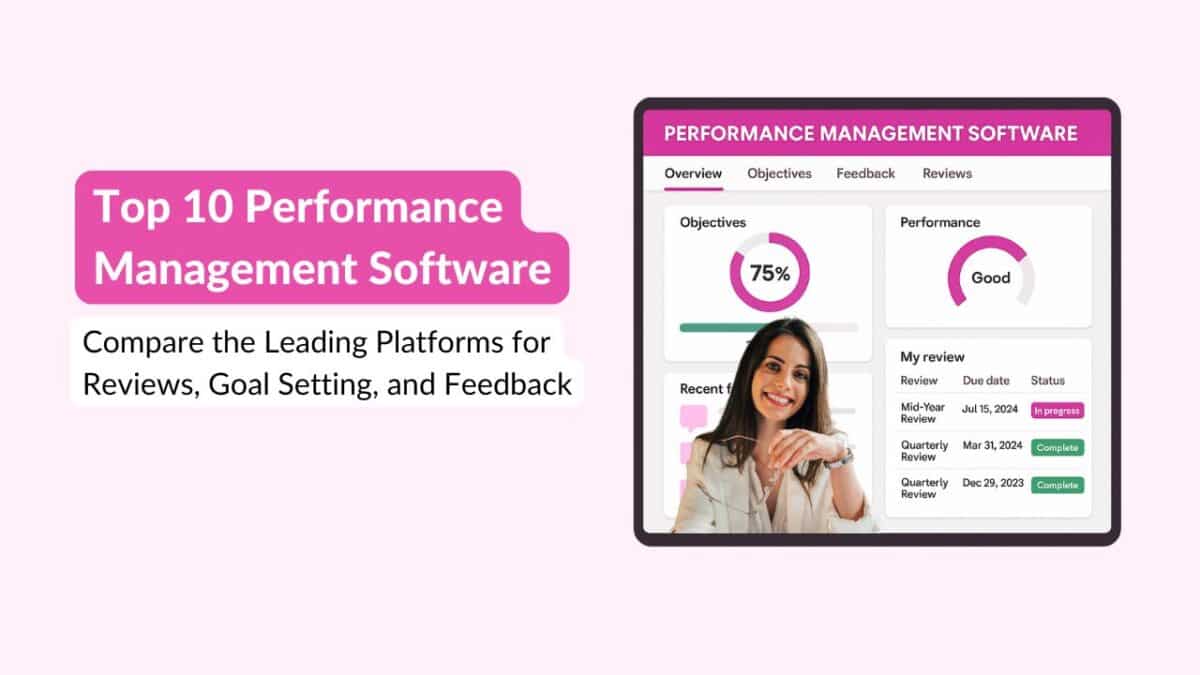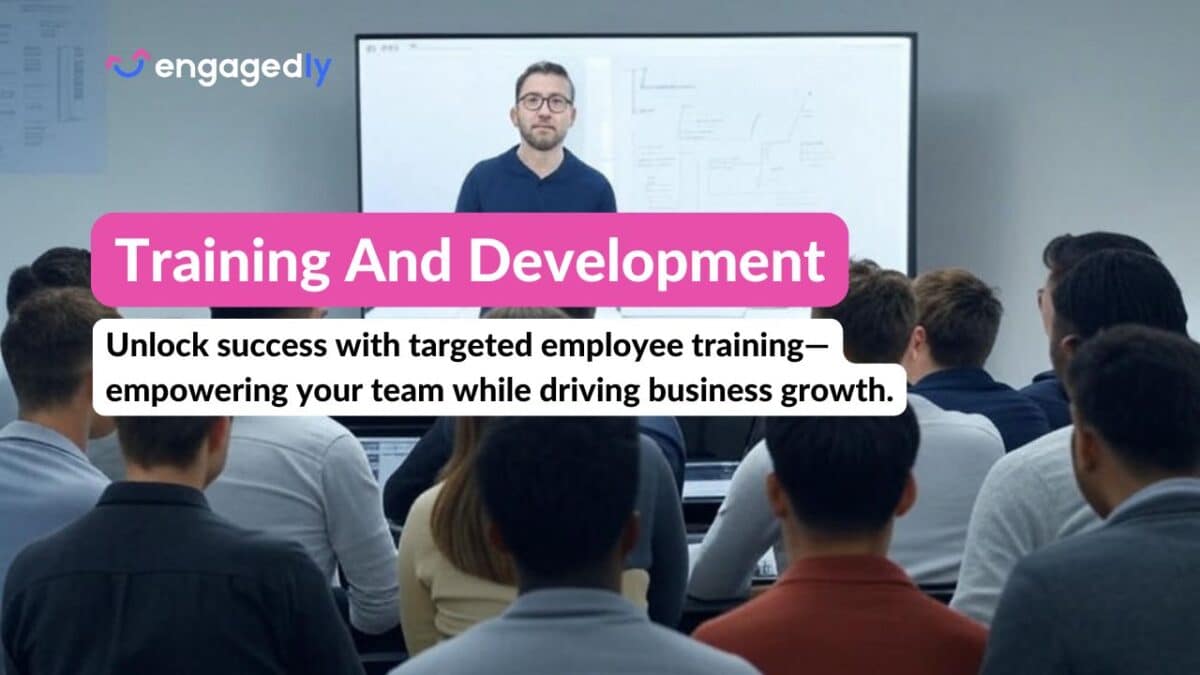Organizations these days are slowly including 360 degree performance reviews for evaluating their employees. This takes a shift from one-to-one feedback to an overall balanced feedback from multiple sources. It removes the biases involved in the traditional approach and helps in self-development by uncovering a lot of useful employee insights. Thus, it becomes crucial for organizations to implement it rightly.
It becomes very difficult for organizations to manage the 360 degree review process because of its complexity. In this article, we will provide tips on how to implement it correctly in your organization and make it a success.
Readiness
Are employees in your organization ready for a 360 degree review process yet? Employee Readiness needs to be assessed while implementing a 360 degree review process in your organization. Employees who are going to be part of the process should be mature enough to provide constructive feedback and should have worked together for a considerable amount of time. If employees are not ready, then they need to be trained for the review process.
For example, employees can be trained to give constructive feedback to each other. Also, training should be imparted to employees with a demo version of the 360 degree feedback software before institutionalizing it.
Also Read: How do you prepare your team for a 360 degree review process
Purpose
When implementing the 360 degree review process in your organization, you should be clear with the purpose it shall serve. Having a clear purpose in mind helps in the implementation of a 360 performance review process successfully. Organizations that do not have a clear purpose in mind will harm themselves by conducting it wrongly.
Rules
Organizations implementing a 360 degree review process should follow two simple rules without fail, which are Confidentiality and Anonymity.
Confidentiality: The results of the process should be confidential and should be shared with the employee and their mentor(HR or managers) alone.
Anonymity: Employees are comfortable in reviewing their peers, but the case is not the same when it comes to reviewing seniors or managers. They might not be honest while rating their seniors since they have a fear of getting repressed. The option of remaining anonymous will help employees to be honest and open while giving their feedback to their peers and managers.
Participants
To implement a 360 degree review process, participants must be selected carefully. The process includes carefully selecting the reviewees and reviewers. The reviewers may include direct-reports, peers, managers, and even customers. Every participant should have an understanding of how the 360 degree review process works and should be open to receive feedback from everyone alike.
Also Read: How to Effectively Give Feedback to Co-Workers
360 Feedback Software
While selecting a 360 degree feedback software, make sure to keep certain points in mind. It should be simple and easy to use with little or no training. If required, trial versions can be used online, before zeroing down on one. The 360 feedback software should be easily customizable depending upon the needs of your organization. For example, Engagedly’s multirater tool offers flexibility of nominating reviewers by HR, Managers, and the Employees. Security is one more key aspect that has to be kept in mind while selecting your software. It has lots of sensitive and confidential data, and if leaked, can fall into wrong hands. Lastly, the software should have a good customer support team to help you when in a problem.
Also Read: 7 Essential Features of a 360 Degree Feedback Tool
Questionnaire
One of the most important steps in a 360 degree review process is to prepare a survey questionnaire. HR experts, along with senior management, design questions to assess the overall behavior and performance of the employees based on their job roles. Framing the correct set of questions for the survey will help employees identify the weak areas on which they need to focus. External expert assistance can be taken to prepare questions as per job roles and their specific competencies.
Also Read: Framing the Right Questions to ask in a 360 Feedback Review Form
Track
Once the 360 degree software has been decided, and the questions have been set, it is now time to start the 360 degree review process. Send the questions to the reviewer with a timeline by which the process should be completed. Notify everyone who is involved in reviewing others, once in two days so that they complete the review as soon as possible. The appropriate window for one review process should not last for more than two weeks.
Report
After the 360 degree review process has been completed by the reviewers, reports should be generated for the employees who were reviewed. It should be simple and easy to understand by everyone. The report should easily help the employee identify their strengths and weaknesses. The reports should act as a guide for the employees using which will help them in their overall development and improve their productivity. An apt report would be one that highlights the highest rated areas, lowest rated areas, blindspots, gaps, and ratings.
Engagedly’s 360 Degree Feedback or multirater tool meets all the above mentioned points. It highlights all the required sections in their reports.
Action Plan
The 360 degree review process does not stop after the reviews or report generation. The main part of the 360 degree review process starts after that. A detailed discussion should take place between the employee and the HR or manager after the skill gaps have been identified. It should focus on how the employee is planning to work on the gaps and a detailed action plan. If the employee does not have an action plan, it is the responsibility of the HRs and the senior managers to have one for the employees. After the action plan has been provided to the employee, a follow-up activity should be conducted to know the progress.
Engagedly is offering a suite of products part of its Remote Work Toolkit free to any organization, until Sept 30th, 2020.
The Coronavirus has affected the way we work today and for months to come. Unprecedented events require unprecedented measures. We at engagedly believe it is our responsibility as socially conscious corporate citizens to help equip organizations with additional tools and resources during this time of crisis.
Get in touch with us to know more about the free remote working tool-kit.
Get In Touch With Us
Author
Srikant Chellappa
CEO & Co-Founder of Engagedly
Srikant Chellappa is the Co-Founder and CEO at Engagedly and is a passionate entrepreneur and people leader. He is an author, producer/director of 6 feature films, a music album with his band Manchester Underground, and is the host of The People Strategy Leaders Podcast.





